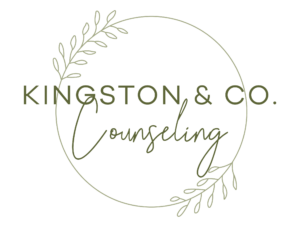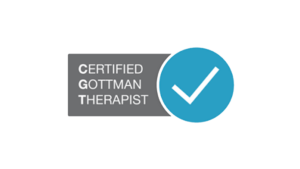In today’s fast-paced world, stress, anxiety, and burnout have become increasingly common. For those seeking a simple, accessible way to restore balance and mental well-being, meditation can be a powerful tool. Whether you’re looking to reduce anxiety, improve focus, or simply feel more grounded, this beginner’s guide will walk you through the essentials of meditation — and how it can complement your journey toward emotional and mental health.
What Is Meditation and Why Is It Helpful?
Meditation is a mind-body practice that involves training attention and awareness to achieve a mentally clear and emotionally calm state. While there are many forms, the goal remains the same: cultivating presence and reducing inner noise. Scientific research continues to show that consistent meditation can help reduce symptoms of anxiety, depression, and stress — key areas that many clients at Kingston & Co Counseling are navigating.
For those currently working with a therapist or considering therapy, integrating meditation with counseling can provide a deeper sense of control over your thoughts and emotions.
How to Start Meditating: Simple Steps for Beginners
Starting a meditation practice doesn’t require any special equipment or spiritual background. Here are a few practical steps:
- Start Small – Begin with just 3–5 minutes a day.
- Find a Quiet Space – Limit distractions and make yourself comfortable.
- Focus on Your Breath – Pay attention to each inhale and exhale.
- Gently Return When Distracted – Your mind will wander — and that’s okay.
These foundational steps help you build a habit without overwhelming yourself. You can start small and still make a big impact. It won’t be perfect and that’s okay! Don’t judge it and enjoy the process of getting better each time you do it.
Common Misconceptions About Meditation
Many beginners believe they have to “empty the mind” completely to meditate successfully. The truth is, meditation isn’t about achieving silence, it’s about noticing your thoughts without judgment and returning to your anchor (usually the breath).
Another myth is that meditation requires sitting still for long periods. In reality, there are many forms, including walking meditation, guided meditations, and even somatic-based mindfulness practices that may align well with approaches like family therapy, where connection and presence are central.
Incorporating Meditation Into Your Daily Life
Meditation works best when it’s part of your routine. Here are some ways to integrate it seamlessly:
- Morning Rituals – Start your day with 5 minutes of deep breathing.
- Midday Reset – Take a short break from work to recenter.
- Evening Wind-down – Use guided meditations before bed to improve sleep.
When done consistently, these micro-practices support overall mental wellness and strengthen the benefits of other therapeutic work you may be doing — whether that’s couples therapy, individual counseling, or child/ play therapy.
Final Thoughts: Begin Where You Are
Starting a meditation practice is not about perfection — it’s about presence. Even a few mindful breaths a day can set you on a path toward greater peace, resilience, and clarity. And remember, you don’t have to go it alone. At Kingston & Co Counseling, our team is here to support you in integrating holistic tools like meditation into your broader mental health journey.
Ready to explore how meditation can enhance your emotional well-being? Learn more about our services or book a free consultation today.







